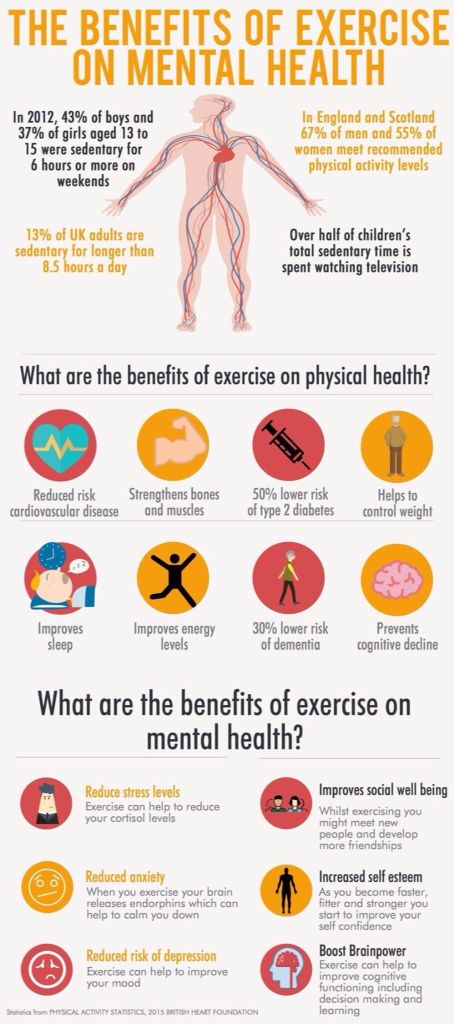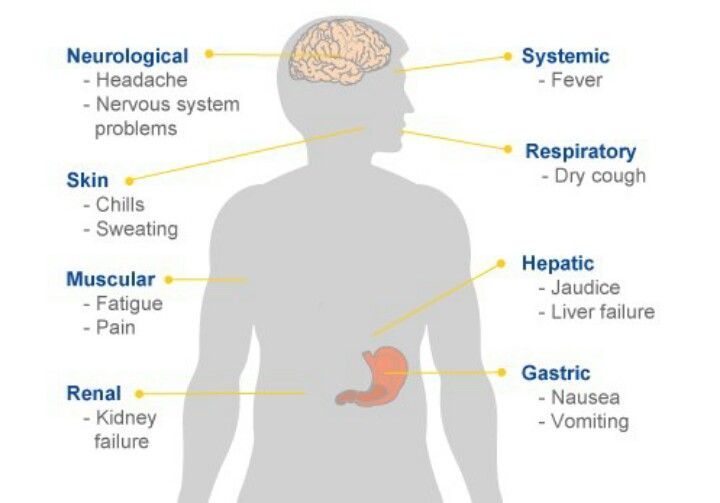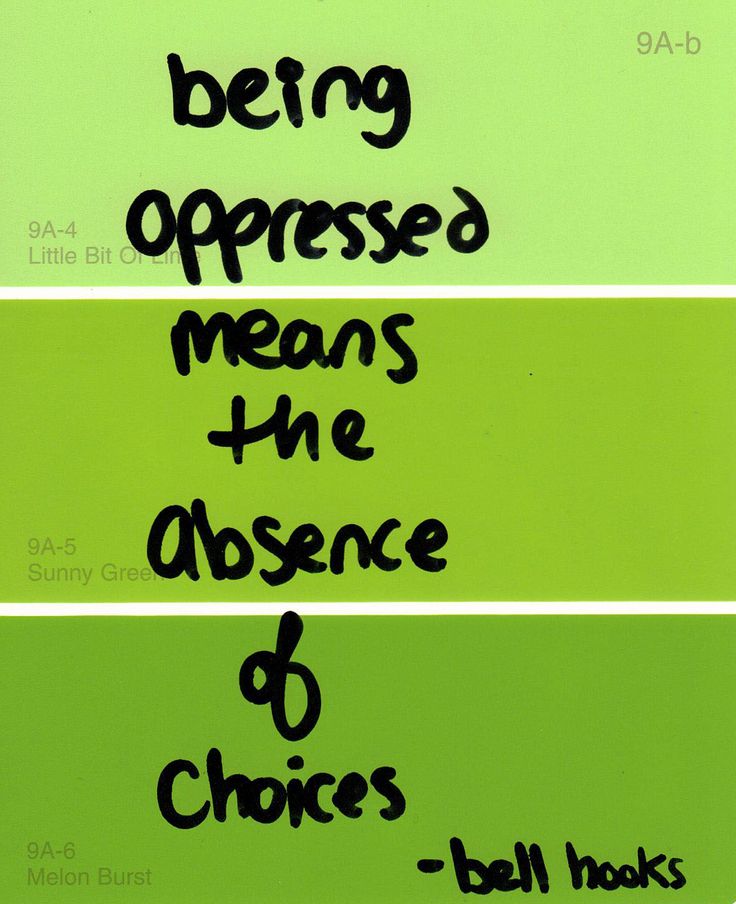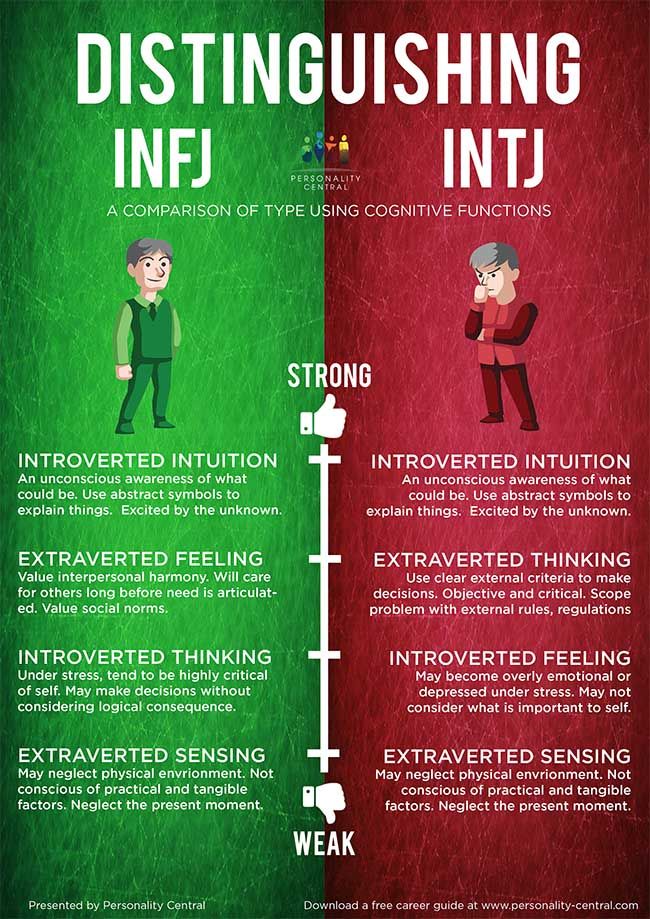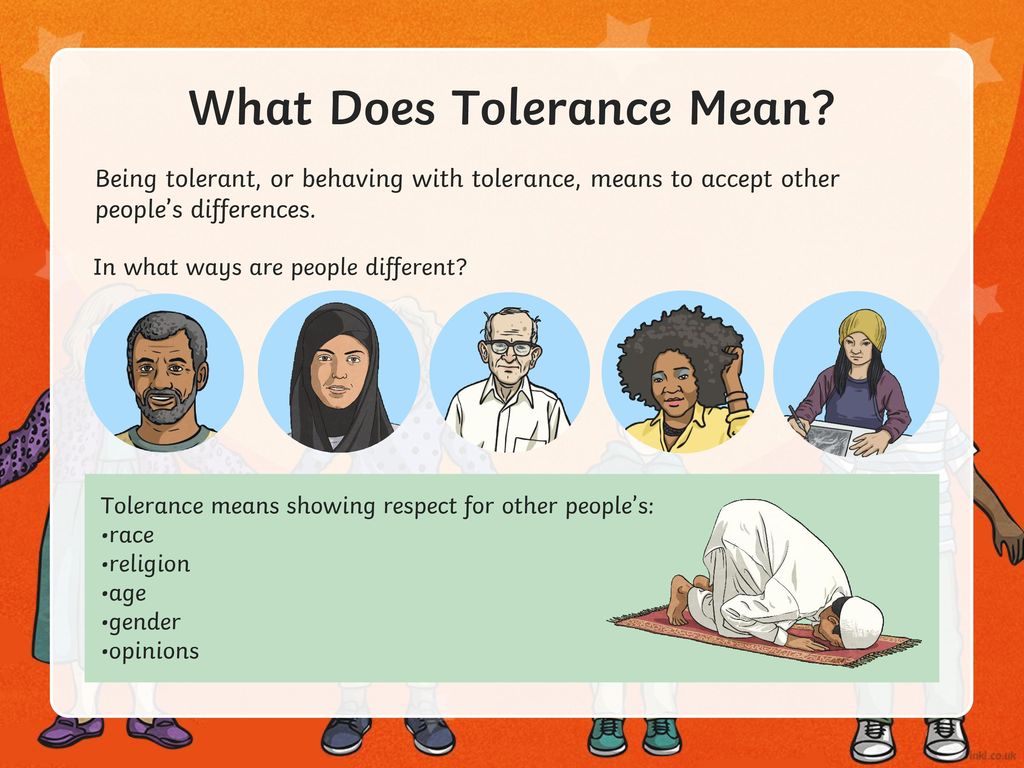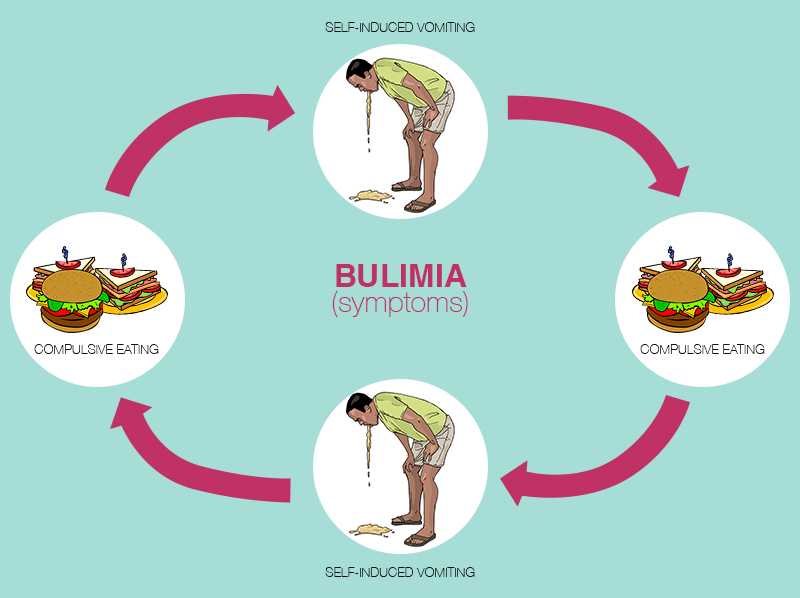Can exercise help anxiety
Can exercise help treat anxiety?
Chances are good that you, or someone you know, is dealing with anxiety. One in five Americans over 18, and one in three teenagers 13 to 18, reported having a chronic anxiety disorder during the past year. And when I talk to college students, they’re not at all surprised that a whopping 63% of students felt tremendous anxiety during their freshman year, according to a report by the National College Health Association.
The toll of anxiety can be high: it increases a person’s risk for other psychiatric disorders like depression, and can contribute to diabetes and cardiovascular problems. One sobering study shows that people with anxiety tend to be more sedentary and do less intense forms of physical activity, if any. That’s ironic, because lacing up your sneakers and getting out and moving may be the single best nonmedical solution we have for preventing and treating anxiety.
As a psychiatrist who studies the effects of exercise on the brain, I’ve not only seen the science, I’ve witnessed firsthand how physical activity affects my patients. Research shows aerobic exercise is especially helpful. A simple bike ride, dance class, or even a brisk walk can be a powerful tool for those suffering from chronic anxiety. Activities like these also help people who are feeling overly nervous and anxious about an upcoming test, a big presentation, or an important meeting.
How does exercise help ease anxiety?
- Engaging in exercise diverts you from the very thing you are anxious about.
- Moving your body decreases muscle tension, lowering the body’s contribution to feeling anxious.
- Getting your heart rate up changes brain chemistry, increasing the availability of important anti-anxiety neurochemicals, including serotonin, gamma aminobutyric acid (GABA), brain-derived neurotrophic factor (BDNF), and endocannabinoids.
- Exercise activates frontal regions of the brain responsible for executive function, which helps control the amygdala, our reacting system to real or imagined threats to our survival.
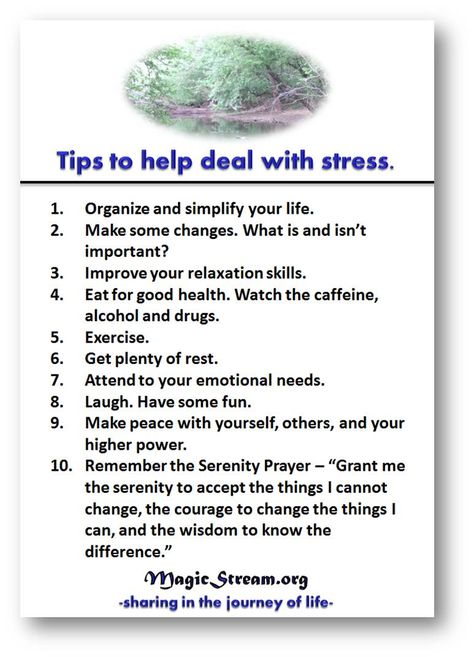
- Exercising regularly builds up resources that bolster resilience against stormy emotions.
The details
So exactly how much exercise does one need to protect against episodes of anxiety and anxiety disorders? While pinpointing this is not easy, a recent meta-analysis in the journal Anxiety-Depression found that people with anxiety disorders who reported high-level physical activity were better protected against developing anxiety symptoms than those who reported low physical activity. Bottom line: when it comes to treating anxiety, more exercise is better.
If you’re just starting out, don’t despair. Some research also shows that just a single bout of exercise can help ease anxiety when it strikes.
Which type of exercise you choose may not matter greatly. Studies point to the effectiveness of everything from tai chi to high-intensity interval training. People experienced improvement no matter which types of activity they tried.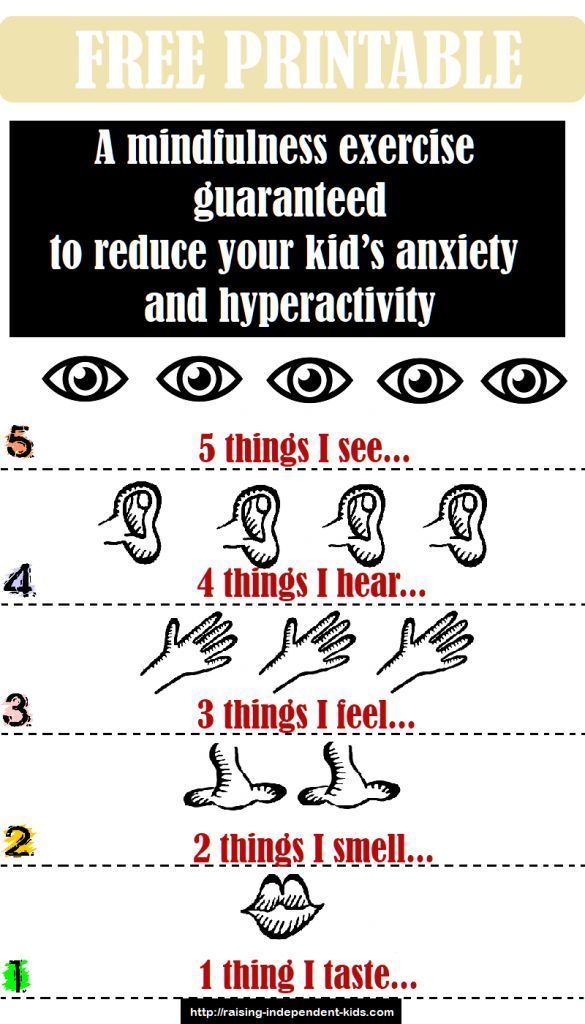 Even general physical activity is helpful. The important thing is to try activities and keep doing them.
Even general physical activity is helpful. The important thing is to try activities and keep doing them.
To maximize the benefits:
- Choose something enjoyable so you will do it repeatedly, building resilience.
- Work toward getting your heart rate up.
- Work out with a friend or in a group to reap the added benefit of social support.
- If possible, exercise in nature or green space, which further lowers stress and anxiety.
While scientific studies are important, you don’t need to consult a chart, statistics, or an expert to know how good you feel after working up a sweat. Remember those feelings and use them as motivation to do something physical every day. Time to get up and get moving!
Follow me on Twitter @jratey
As a service to our readers, Harvard Health Publishing provides access to our library of archived content. Please note the date of last review or update on all articles.
No content on this site, regardless of date, should ever be used as a substitute for direct medical advice from your doctor or other qualified clinician.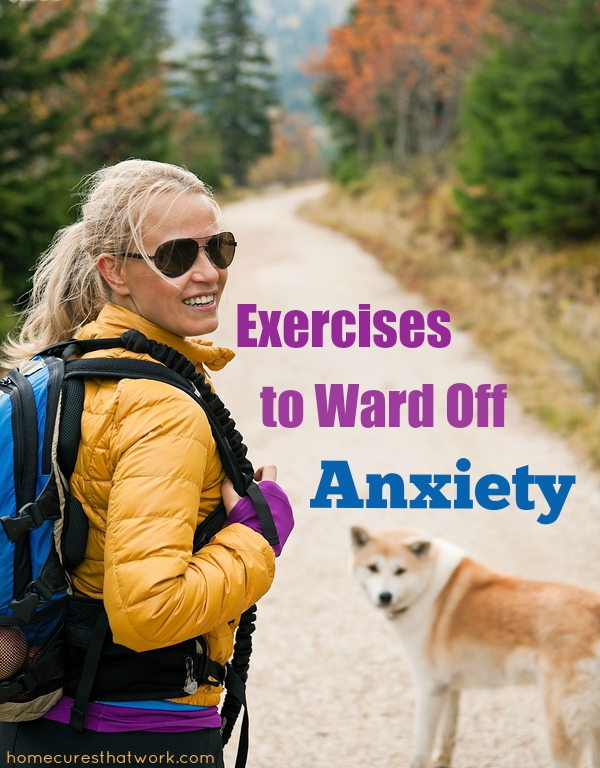
Exercise for Stress and Anxiety
Boost Search Results
On
The physical benefits of exercise — improving physical condition and fighting disease — have long been established, and physicians always encourage staying physically active.
Exercise is also considered vital for maintaining mental fitness, and it can reduce stress. Studies show that it is very effective at reducing fatigue, improving alertness and concentration, and at enhancing overall cognitive function. This can be especially helpful when stress has depleted your energy or ability to concentrate.
When stress affects the brain, with its many nerve connections, the rest of the body feels the impact as well. Or, if your body feels better, so does your mind. Exercise and other physical activity produce endorphins — chemicals in the brain that act as natural painkillers — and also improve the ability to sleep, which in turn reduces stress.
Scientists have found that regular participation in aerobic exercise has been shown to decrease overall levels of tension, elevate and stabilize mood, improve sleep, and improve self-esteem.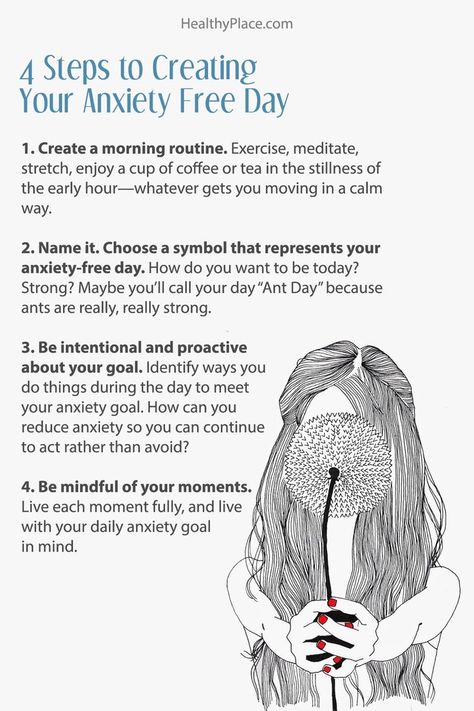 About five minutes of aerobic exercise can begin to stimulate anti-anxiety effects.
About five minutes of aerobic exercise can begin to stimulate anti-anxiety effects.
Relationship of Exercise to Anxiety Disorders
Stress and anxiety are a normal part of life, but anxiety disorders, which affect 40 million adults, are the most common psychiatric illnesses in the U.S. The benefits of exercise may well extend beyond stress relief to improving anxiety and related disorders.
Psychologists studying how exercise relieves anxiety and depression suggest that a 10-minute walk may be just as good as a 45-minute workout. Some studies show that exercise can work quickly to elevate depressed mood in many people. Although the effects may be temporary, they demonstrate that a brisk walk or other simple activity can deliver several hours of relief, similar to taking an aspirin for a headache.
Science has also provided some evidence that physically active people have lower rates of anxiety and depression than sedentary people. Exercise may improve mental health by helping the brain cope better with stress.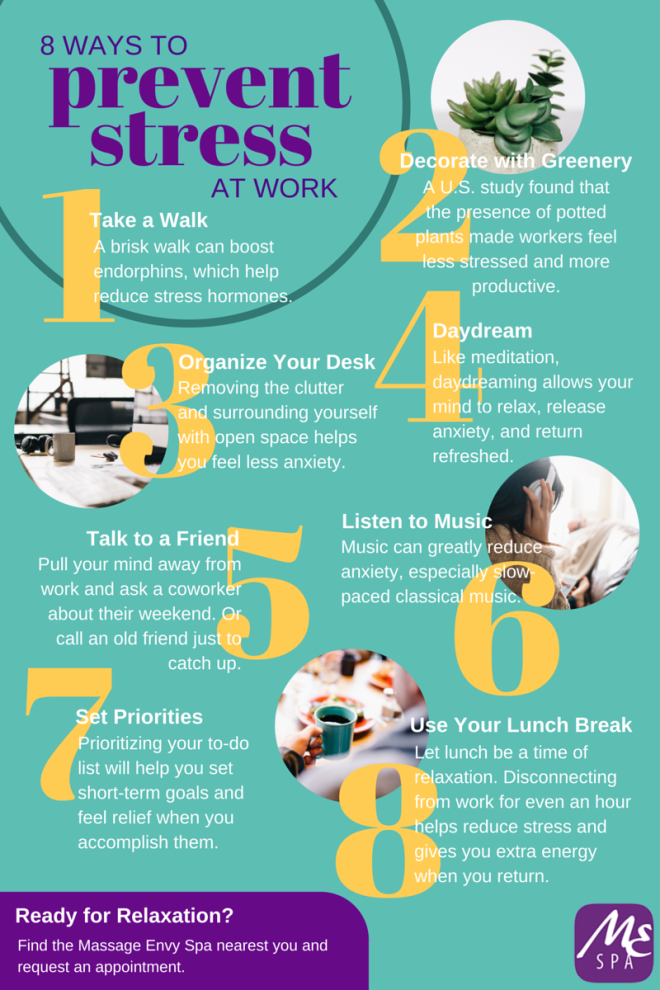 In one study, researchers found that those who got regular vigorous exercise were 25 percent less likely to develop depression or an anxiety disorder over the next five years.
In one study, researchers found that those who got regular vigorous exercise were 25 percent less likely to develop depression or an anxiety disorder over the next five years.
Exercise as Part of Therapy
According to some studies, regular exercise works as well as medication for some people to reduce symptoms of anxiety and depression, and the effects can be long lasting. One vigorous exercise session can help alleviate symptoms for hours, and a regular schedule may significantly reduce them over time.
Although exercise has a positive effect for most people, some recent studies show that for some, exercise may not have a positive effect on anxiety or depression or may not make a strong impact on long-term mental health.
Like all forms of therapy, the effect can vary: Some people may respond positively, others may find it doesn’t improve their mood much, and some may experience only a modest short-term benefit. Nonetheless, researchers say that the beneficial effects of exercise on physical health are not in dispute, and people should be encouraged to stay physically active.
Resources - ADAA Member Experts
- Exercise May Help to Fend Off Depression - NY Times article
- How Exercise Helps with Depression - Refinery.com article
- COVID-19 Lockdown and Sports - How to Reduce Anxiety - blog post
Read all about it: Exercise for Mood and Anxiety, Proven Strategies for Overcoming Depression and Enhancing Well-Being, by Michael W. Otto, PhD, and Jasper A.J. Smits, PhD (Oxford University Press, 2011)
Fitness Tips: Stay Healthy, Manage Stress
The most recent federal guidelines for adults recommend at least 2½ hours of moderate-intensity physical activity (e.g. brisk walking) each week, 1¼ hours of a vigorous-intensity activity (such as jogging or swimming laps), or a combination of the two.
If you have an exercise program already, keep up the good work. If not, here are tips to get you started.
- 5 X 30: Jog, walk, bike, or dance three to five times a week for 30 minutes.
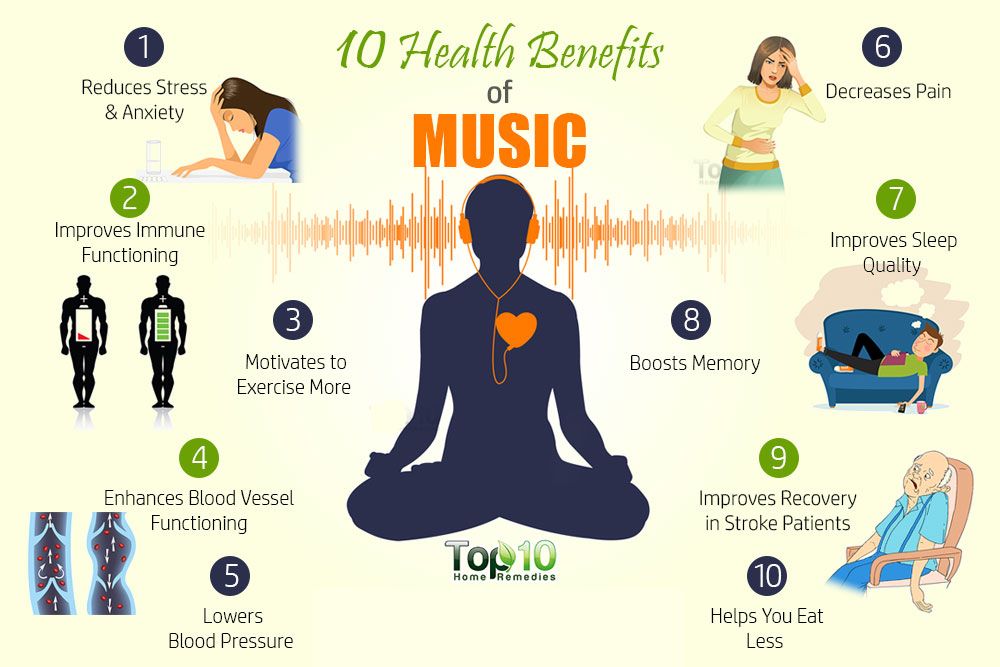
- Set small daily goals and aim for daily consistency rather than perfect workouts. It's better to walk every day for 15-20 minutes than to wait until the weekend for a three-hour fitness marathon. Lots of scientific data suggests that frequency is most important.
- Find forms of exercise that are fun or enjoyable. Extroverted people often like classes and group activities. People who are more introverted often prefer solo pursuits.
- Distract yourself with an iPod or other portable media player to download audiobooks, podcasts, or music. Many people find it’s more fun to exercise while listening to something they enjoy.
- Recruit an “exercise buddy.” It's often easier to stick to your exercise routine when you have to stay committed to a friend, partner, or colleague.
- Be patient when you start a new exercise program. Most sedentary people require about four to eight weeks to feel coordinated and sufficiently in shape so that exercise feels easier.
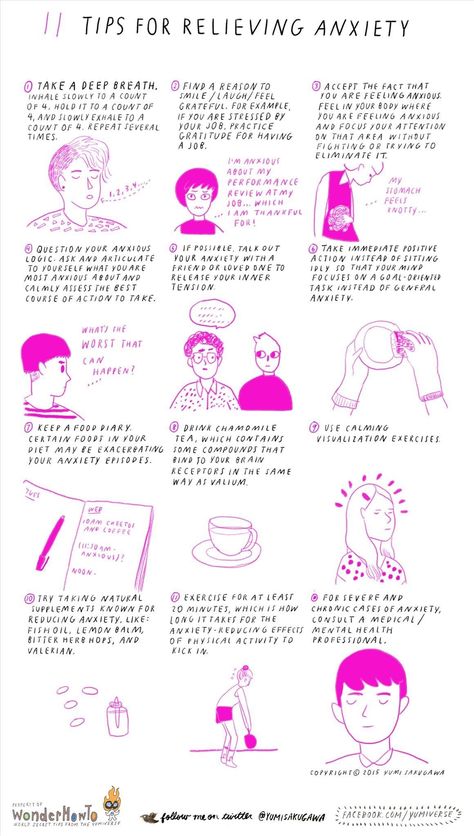
Cold Weather Exercise
Learn more about exercising in cold weather.
- Dress in layers. Exercise in layers that you can remove as you start to sweat and put back on as needed.
- Protect your hands, feet, and ears. Make sure your extremities aren warm and wear gloves, socks, and headbands to prevent frostbite.
- Pay attention to weather conditions and wind chill. Rain and wind can make you even more vulnerable to the effects of the cold. If the temperature is below zero degrees and the wind chill is extreme, consider taking a break or finding an indoor activity.
- Choose appropriate gear. It gets dark earlier in the winter, so be sure to wear reflective clothing. Wear shoes with enough traction to prevent falls in snow or ice.
- Remember sunscreen. It's just as easy to get burned in the winter as in summer, so don't forget the SPF.
- Head into the wind. Plan your route so the wind is at your back toward the end of your workout to prevent getting a chill after working up a sweat.
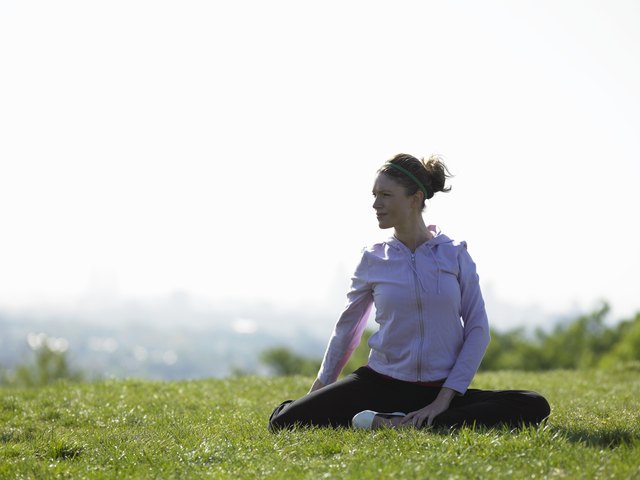
- Drink plenty of fluids. It can be harder to notice the symptoms of dehydration in cold weather, so drink fluids before, during, and after a workout, even if you're not thirsty.
- Know the signs of frostbite and hypothermia. Know the signs and get help immediately to prevent frostbite and hypothermia.
How sport helps fight stress
July 11, 2016Sports and fitness
If stress has become an integral part of your life and you can't get rid of it, start moving. Physical exercise affects not only the body, but also the soul. They will give you peace.
Share
0People who exercise regularly will tell you that they feel great both physically and emotionally. This is because during exercise, neurotransmitters are produced in the brain, which are responsible for good mood and reduce the level of the stress hormone cortisol in the blood.
Here's how exercise works:
- Exercise reduces anxiety.
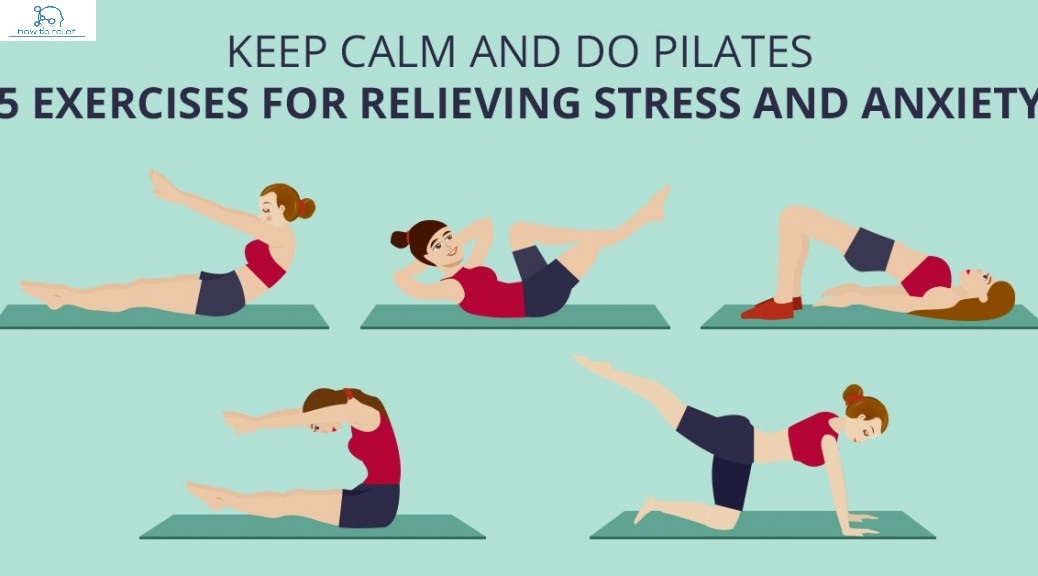 Researchers have found that after performing a set of prescribed exercises, the electrical activity of the muscles decreases. People are becoming calmer.
Researchers have found that after performing a set of prescribed exercises, the electrical activity of the muscles decreases. People are becoming calmer. - Exercise helps you relax. One workout relieves stress for 90-120 minutes. Some call it post-workout euphoria or the endorphin response. However, not only endorphin, but also many other neurotransmitters will be to blame for the fact that you will relax and your mood will improve.
- Exercise improves self-esteem. Try to remember how you felt after your workout. Usually after class, we praise ourselves for the work done and for not being too lazy and going to the gym. And the stress level goes down.
- Exercise improves appetite and food quality. People who exercise regularly tend to eat more and prefer healthy foods. Good nutrition helps the body successfully cope with stress and its consequences.
So, once again we are convinced that regular physical activity improves mood and helps fight stress.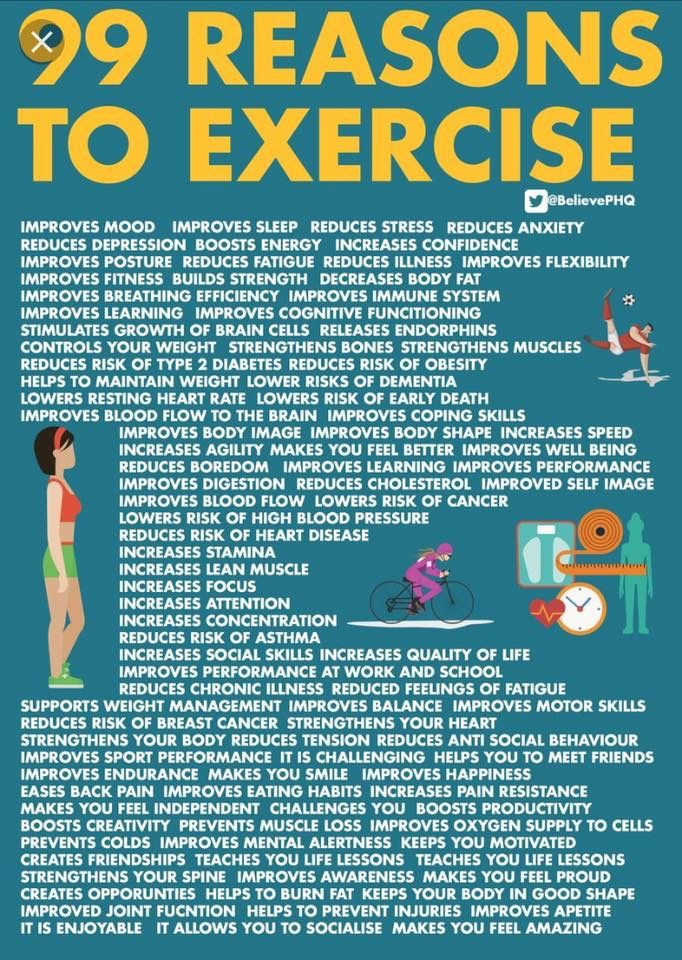 And yes, to benefit, you do not have to spend a lot of time and effort. We have found the easiest options for you.
And yes, to benefit, you do not have to spend a lot of time and effort. We have found the easiest options for you.
- Light aerobic activity. Try to set aside 20 minutes a day for them. Go for a brisk walk during your lunch break, walk your dog, run in the park, ride a bike. There are many options, and most of them do not require you to have any special equipment or go to the gym.
- Yoga, meditation, stretching, Pilates and so on. Yoga simultaneously engages many muscles, causing them to either relax or tense. Recent studies have shown that when muscles are constantly contracting and relaxing, a signal is sent to the brain that it is time to release certain neurotransmitters. And they will help you calm down and become more attentive.
- Outdoor Activities : tennis, squash, badminton, basketball, football and so on. All these games help our body get rid of adrenaline and other stress hormones.
And the last.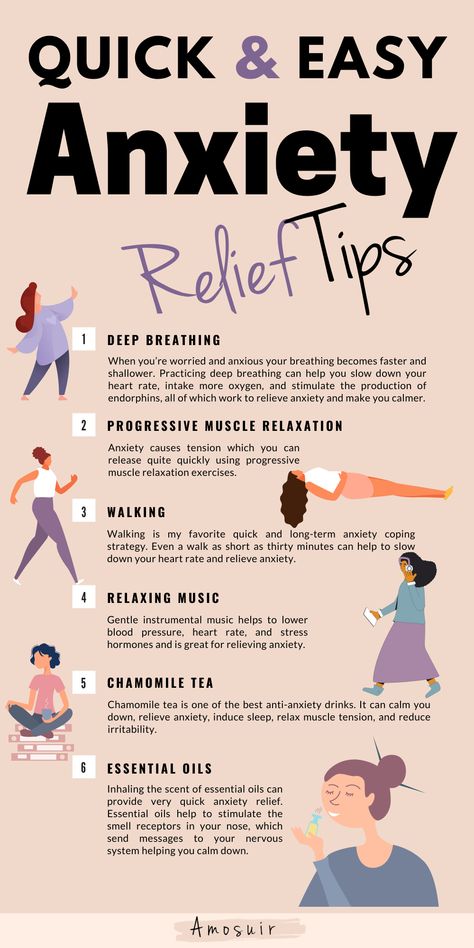 We often talk about the fact that you can go in for sports anywhere, be it an apartment, a hotel room or an office. There would be a desire. But if your goal is to relieve work-related stress, try to avoid exercising in the office or corporate gym: there are too many things or people that will not allow distraction.
We often talk about the fact that you can go in for sports anywhere, be it an apartment, a hotel room or an office. There would be a desire. But if your goal is to relieve work-related stress, try to avoid exercising in the office or corporate gym: there are too many things or people that will not allow distraction.
You should be able to be alone and relax. Or, on the contrary, if you work alone, be surrounded by other people.
Another interesting option. Try to take 10-minute breaks every 1.5 hours of work. Walk, stretch, squat - do anything but sit in a chair. Four such 10-minute breaks during the working day can be equated to an easy 40-minute workout.
Take care of yourself. Love yourself. And force yourself to go in for sports, because now there are practically no excuses left. ;)
Exercises to help with anxiety
Anxiety is a normal and natural feeling that everyone experiences at some point in their lives. However, sometimes excessive anxiety can get in the way of a healthy and happy life.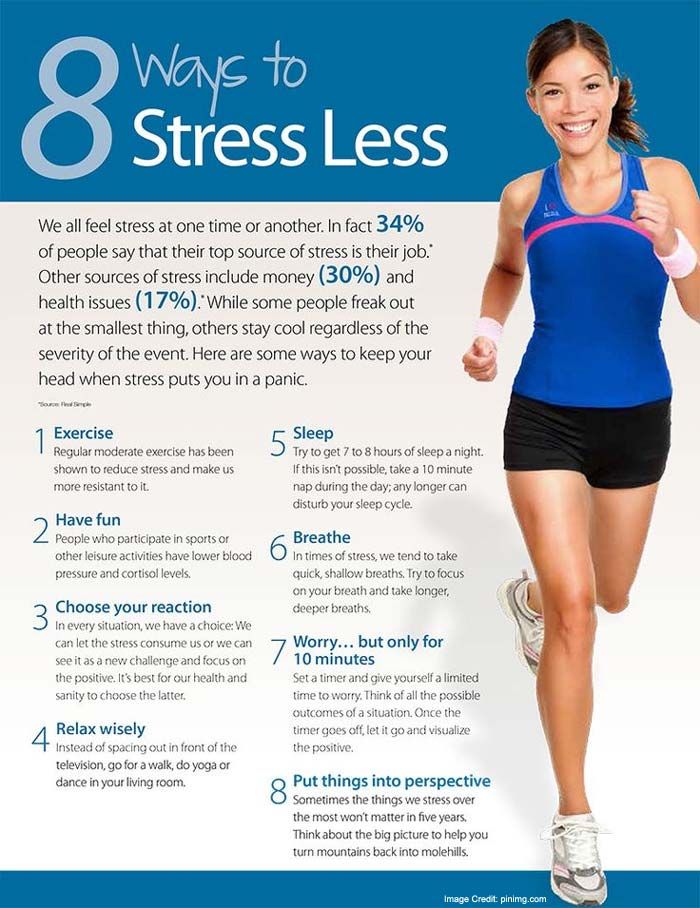 And overcoming anxiety is not easy. In such cases, quite simple exercises will help to relax and feel relief. To feel relief from feelings of anxiety, the following exercises can be done anywhere and anytime. The main goal is to quickly relax and calm down.
And overcoming anxiety is not easy. In such cases, quite simple exercises will help to relax and feel relief. To feel relief from feelings of anxiety, the following exercises can be done anywhere and anytime. The main goal is to quickly relax and calm down.
Contents
- 1. Relaxing breath
- 2. Relax by visualizing
- 3. Muscle relaxation
- 4. Relaxation counting
- 5. Relaxation, interrupting anxious thinking
1. Relaxing breathing.
During an anxiety attack, the pulse and breathing speed up, excessive sweating and sometimes even dizziness may occur. At such times, breath control can help to relax both body and mind. To take control of your breathing during an anxiety attack, follow these steps:
- Sit in a quiet place. Place one hand on your chest and the other on your stomach. When taking a deep breath, the stomach should move more than the chest. Inhale slowly through the nose and exhale through the mouth.
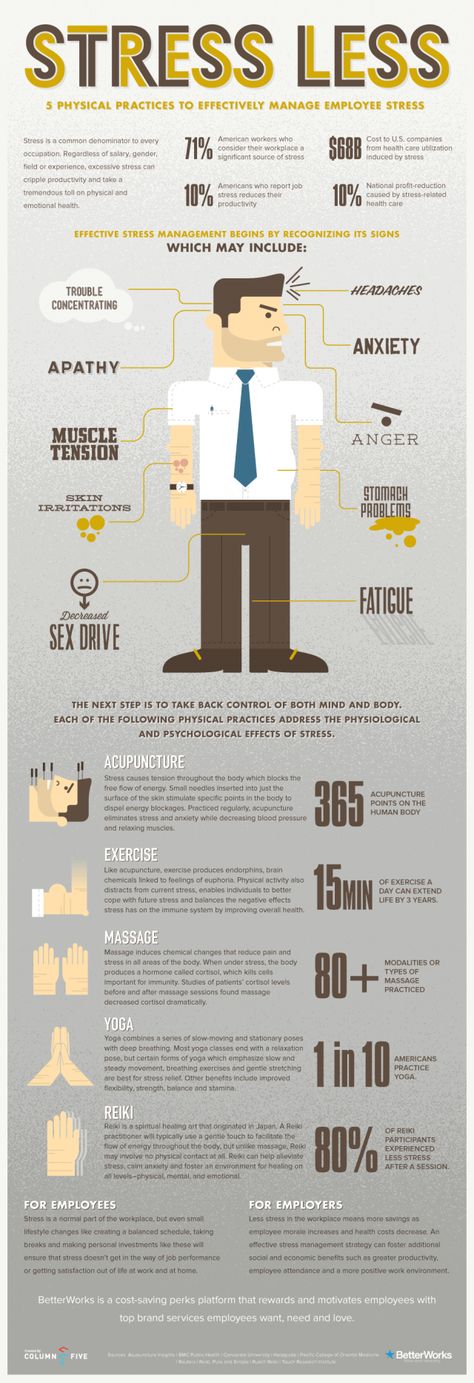 It is necessary to repeat the exercise at least 10 times, or until there is a feeling that the anxiety is decreasing.
It is necessary to repeat the exercise at least 10 times, or until there is a feeling that the anxiety is decreasing.
2. Relax by visualizing.
Probably every person is familiar with the expression "to find your happy place." Creating a false picture of a place that makes you feel calm can actually calm your mind and body. And when a person begins to experience anxiety, you need to sit in a secluded place and think about your ideal place to relax. It can be any place in the world, real or imaginary, but the place must feel happy, peaceful, and safe. You should think about all the small details, for example, how it smells, what time of year or time of day it is. You need to imagine yourself in this “happy place”, close your eyes and slowly and regularly inhale through your nose and exhale through your mouth until a feeling of peace comes. You can visit the "happy place" every time anxiety appears.
3. Muscle relaxation.
When a person feels restless, he may notice muscle tension.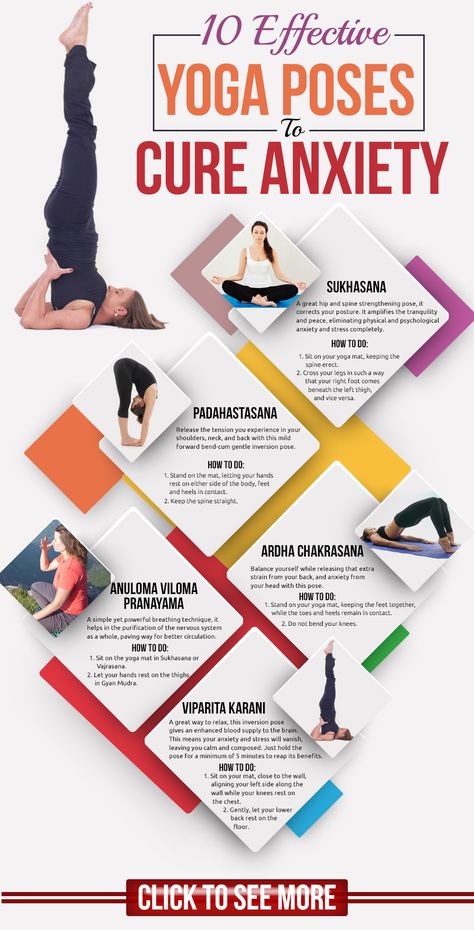 It's muscle stress that can make it harder to deal with anxiety. By relieving muscle tension, anxiety levels can usually be reduced. For this you need:
It's muscle stress that can make it harder to deal with anxiety. By relieving muscle tension, anxiety levels can usually be reduced. For this you need:
- Sit in a comfortable place, close your eyes and focus on your breath. Inhale slowly through your nose and exhale through your mouth. Clench your hand into a fist and hold your hand in this position for a few seconds. Next, you need to slowly open your fingers. After this exercise, you can notice how the feeling of tension leaves the hand and subsequently the hand will become relaxed.
One must continue to tense and relax various muscle groups in the body. Depending on your own desires, you can tighten the muscles in a different order or moving up or down.
4. Relaxation, counting.
Counting is an easy way to relieve anxiety. When there is a feeling of approaching anxiety, you need to find a quiet place, close your eyes and slowly count to 10. If necessary, repeat the exercise and count to 20 or even more.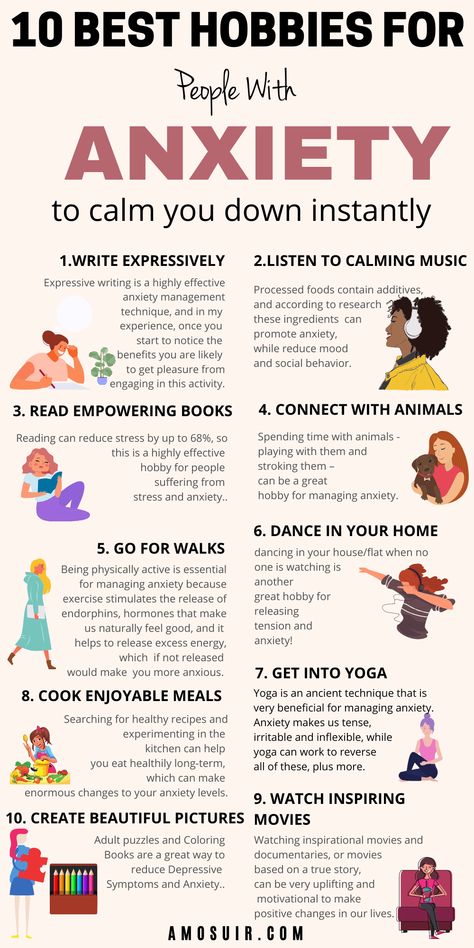 You can continue to count until you feel that the anxiety subsides. Often relief comes quickly, but sometimes it can take a while. You should remain calm and patient.
You can continue to count until you feel that the anxiety subsides. Often relief comes quickly, but sometimes it can take a while. You should remain calm and patient.
5. Relaxation, interrupting anxious thinking.
It is rather difficult to think clearly when feeling anxious. Sometimes anxious thinking can cause a person to believe thoughts that are not true, or cause them to do things that make the anxiety worse. It is useful to break the link of anxious thoughts in order to give yourself the opportunity to think clearly and correctly respond to your thoughts. You should try different ways to interrupt the anxious thought process, such as singing a song about your worries at an upbeat pace or talking about your worries in a funny voice, and also choose a pleasant thought and focus on it, rather than anxiety. It could be a loved one, a “happy place,” or even a pleasant event tonight, such as dinner with friends. You can listen to music or read a book. The main thing is to realize that by switching your attention from anxiety to completing a task, anxiety recedes.